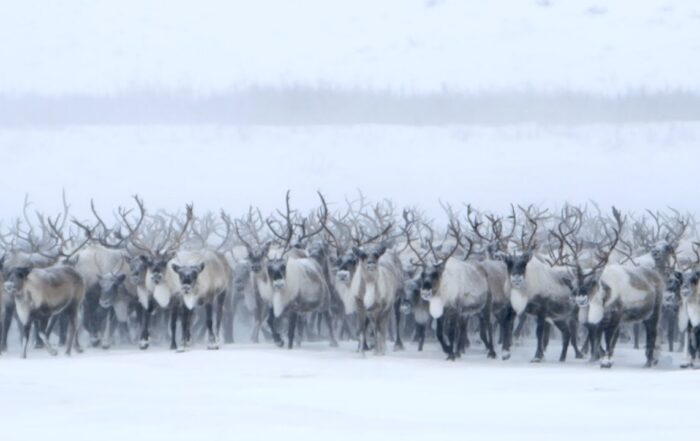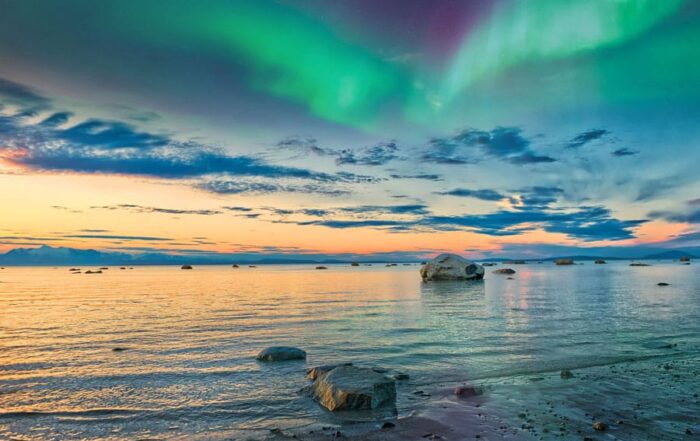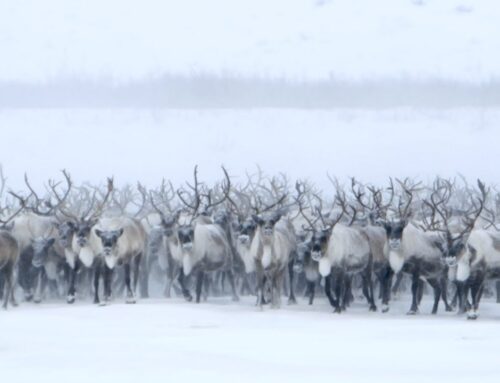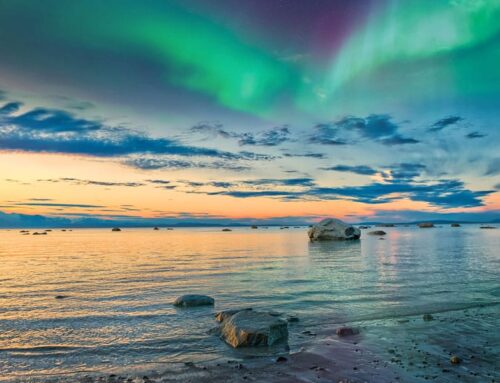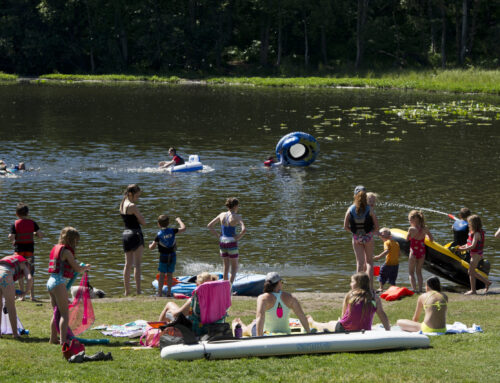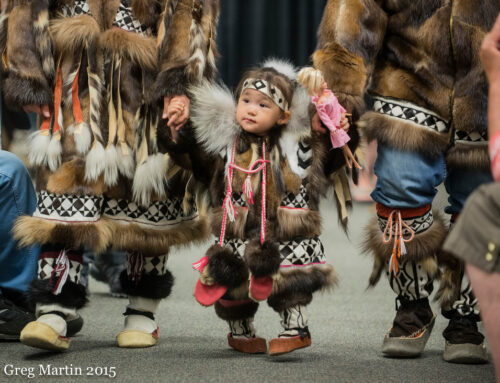The Untamed Legacy of The Wilderness Society
“I love the woods and solitude. I should hate to spend the greater part of my lifetime in a stuffy office or in a crowded city.” – Bob Marshall, The Wilderness Society
Robert Marshall fondly referred to as “Bob,” led a life marked by boundless vigor and an enduring passion for the natural world. Born in 1901 into a prosperous Jewish family in the heart of New York City, his fascination with nature ignited at a tender age. Many of his childhood summers were devoted to adventurous escapades in the Adirondack Mountains, courtesy of his family’s summer retreat on Lower Saranac Lake. Before long, Bob, together with his brother George, embarked on an ambitious mission to conquer all 46 of the Adirondacks’ lofty peaks, a feat they accomplished in 1924.
Driven by his profound affinity for the great outdoors, Bob aspired to find employment that allowed him to toil under the open sky. Consequently, he pursued an academic journey, earning a degree from the College of Forestry at Syracuse University. He later pursued advanced degrees in Forestry, obtaining a Master’s from Harvard and a PhD from Johns Hopkins. Following his academic pursuits, Bob joined the ranks of the US Forest Service in Montana, where his colleagues soon took note of his extraordinary commitment, regularly completing arduous 20+ mile hikes during his leisure time.
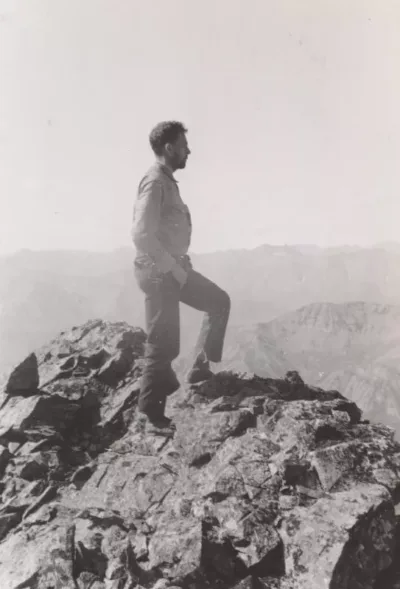 Despite being raised amidst the hustle and bustle of one of the world’s busiest metropolises, Bob increasingly sought refuge in the natural world, particularly the wilderness, as an escape from the modern mechanized existence. His eyes were always drawn to the “uncharted territories” represented as blank spaces on maps – places that remained unexplored and enigmatic to the Western world. Alaska, in Bob’s eyes, held the promise of the greatest expanse of uncharted territory and the purest untamed wilderness.
Despite being raised amidst the hustle and bustle of one of the world’s busiest metropolises, Bob increasingly sought refuge in the natural world, particularly the wilderness, as an escape from the modern mechanized existence. His eyes were always drawn to the “uncharted territories” represented as blank spaces on maps – places that remained unexplored and enigmatic to the Western world. Alaska, in Bob’s eyes, held the promise of the greatest expanse of uncharted territory and the purest untamed wilderness.
In 1929, one of these unexplored frontiers was the Central Brooks Range, a sprawling mountainous expanse above the Arctic Circle. Bob swiftly made the decision to embark on an expedition to explore this vast region. He arrived in Wiseman that summer, a small mining community, which he used as his headquarters. Bob grew so enamored with Wiseman that he later spent an entire year there, immortalizing the town in his book, “Arctic Village.”
During the summer of 1929, Bob embarked on multiple journeys into the Brooks Range, navigating the terrain by both boat and foot. He bestowed names upon many of the mountains and streams in the Central Brooks Range, most notably the “Gates of the Arctic,” a captivating site where two towering peaks, Boreal Mountain and Frigid Crags, framed the North Fork of the Koyukuk River. As he ventured through this “gate,” Bob felt as if he were entering the Arctic wilderness, leaving behind the world of humanity.
Bob Marshall revisited Wiseman and the Brooks Range on three subsequent occasions during the 1930s, exploring different corners of this vast mountainous wonderland. All the while, he diligently penned his thoughts and tirelessly promoted Alaska as the last pristine wilderness haven in the nation. In 1934, Bob was one of the four founding members of The Wilderness Society, dedicated to advocating for the creation and preservation of wilderness areas across the United States.
Although he appeared tireless in his pursuits, Bob’s strenuous pace eventually took a toll on his health, and he unexpectedly passed away in 1939 at the youthful age of 38. Bob Marshall’s explorations and writings played an instrumental role in showcasing the Central Brooks Range as a place of unparalleled beauty and solitude, serving as a significant inspiration for the establishment of Gates of the Arctic National Park and Preserve, a tribute that occurred four decades after his untimely demise.
Photos courtesy of The Wilderness Society, Gates of the Arctic, and the National Parks Service.

